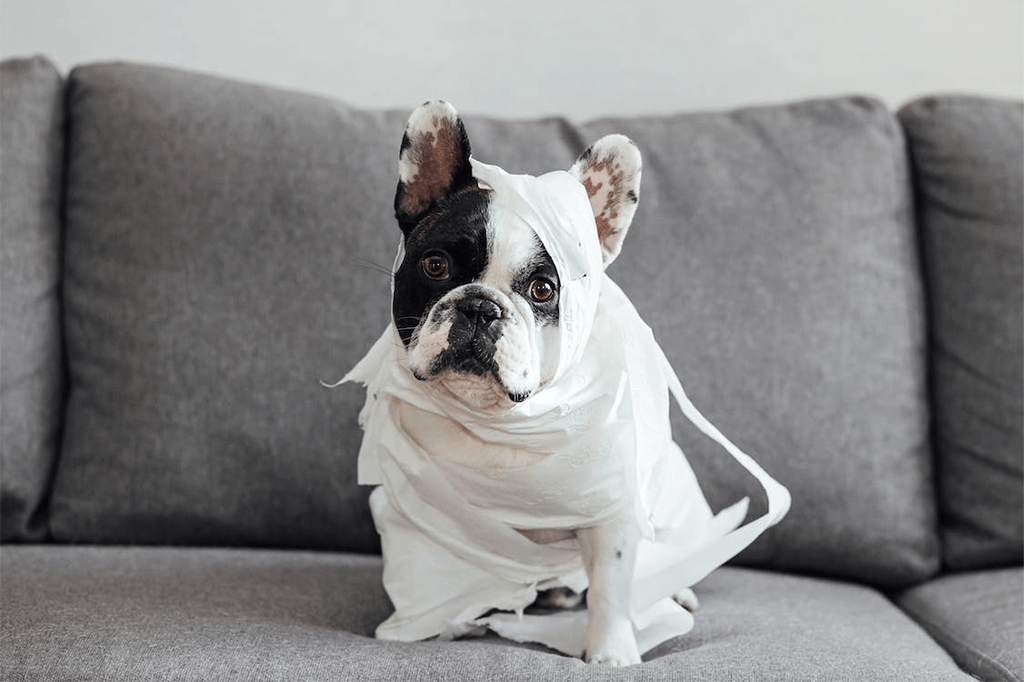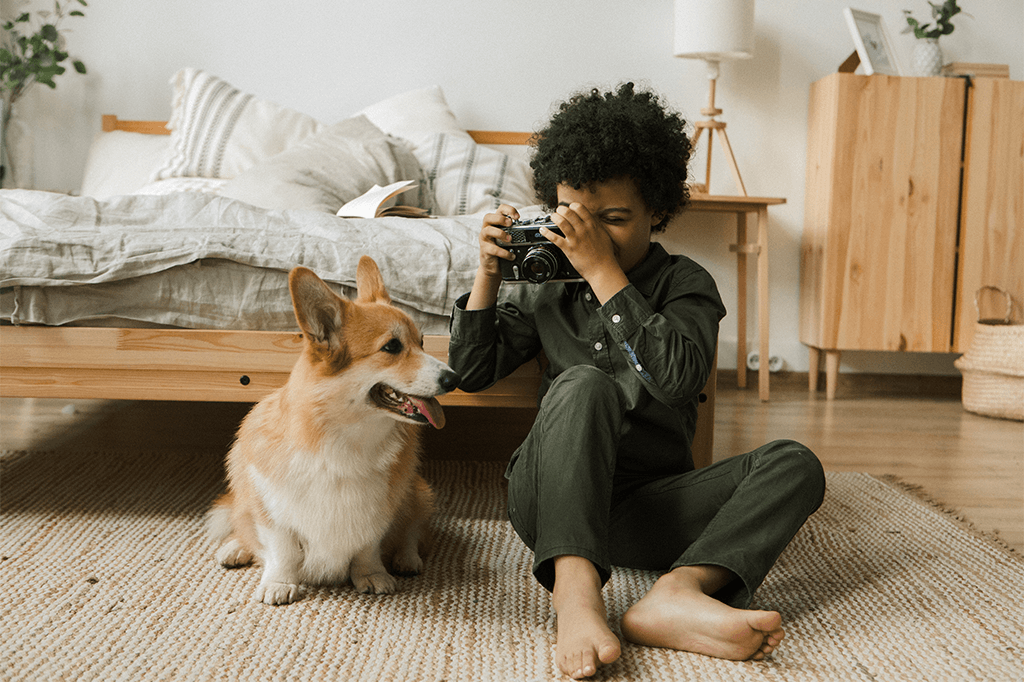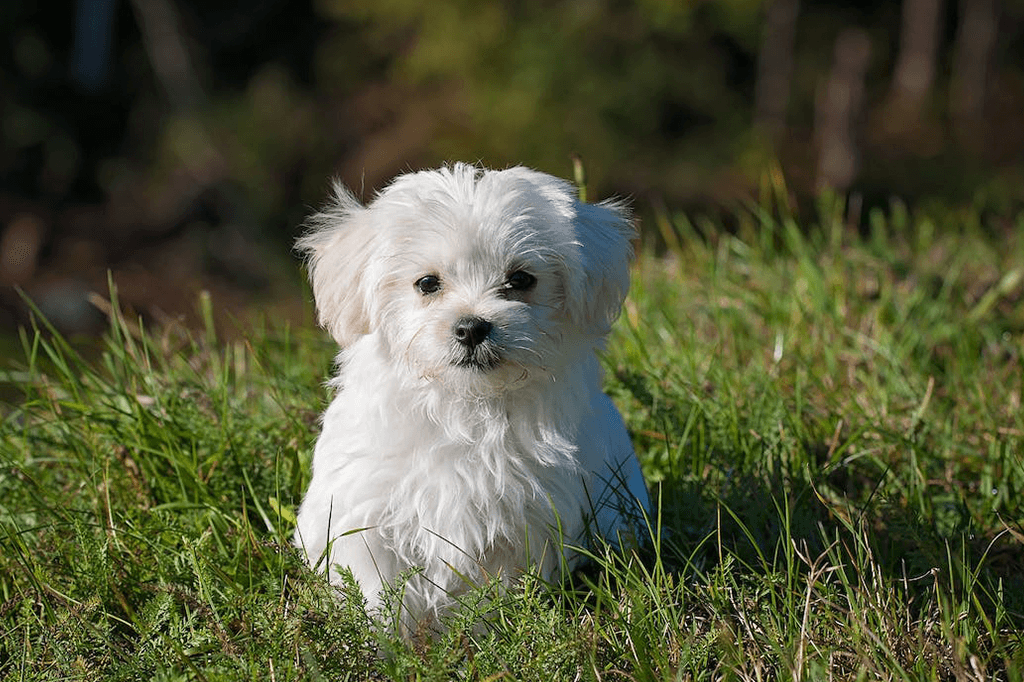How to Choose a Puppy Training Class
If you have just welcomed a puppy into your family, then starting to choose a puppy training class should be a top priority.
Why?
For a few reasons…
Firstly, puppy training classes are key for socialization. They will teach your pup how to interact with other dogs, as well as other people.
These classes are also important for teaching your pup basic skills. While you can do this yourself at home, the distractions encountered at a class will really help to cement that knowledge in your pup’s head.
So, how do you actually choose a puppy training class?
Here are some points to take into consideration when making your decision:
Obedience vs Socialization
When doing your research to choose a puppy training class, you will notice that classes tend to be categorized as either obedience classes or socialization classes.
What’s the difference?
The obedience classes will be focused on basic training. They are a great way to give your pooch a head start when it comes to obedience and other foundational commands.
On the other hand, socialization classes are more like play for your pup. However, this doesn’t mean that they aren’t important…
Socialization classes will give your pooch the opportunity to interact with different dogs in his own time. The play and mental stimulation that a socialization class provides is so good for your puppy’s development.
So, which is better?
Ideally, you want a bit of both.
Try to choose a puppy training class that works on basic training, but also has a socialization aspect to it. If you can’t find a class that combines the two, it may be worth signing your pup up for two different classes, one in each category.
Word-of-Mouth Recommendations
You should never choose a puppy training class solely based on a convenient location, because a bad class could end up being so detrimental to your pup.
Instead, one of the best ways to choose a puppy training class is to go with some word-of-mouth recommendations.
Ask your friends and family about the classes that they have attended with their own pups. Your vet, as well as different dog groomers, will also have their own recommendations. If you still don’t have many options, you could also try asking local rescue organizations, as well as your local dog warden.
Visit a Class Without Your Dog
Once you have narrowed down your options, it is time to pay your top puppy training classes a visit. While you may be tempted to take your pup with you, this isn’t something that you should do.
Why?
Because you need to watch the class objectively, without any distractions. Plus, if you have your pup in tow, you may be asked to join in before you or your pup are ready.
What should you be looking out for when you visit these classes?
You need information that will help you to choose a puppy training class that is best suited to your dog. Look out for the following:
-
A class that is calm and well-organized, rather than chaotic
-
Positive training methods, whether this may be with treats, toys or praise. Preferably, all three should be combined
-
No rough treatment of any of the puppies present. This would include shouting or raised voices
-
A class where both the puppies and the owners are enjoying themselves. Don’t forget that a puppy training class is not only to train puppies, but also to train their owners when it comes to raising these puppies properly
-
Separate areas or class times for adult dogs. However, puppies of the same age but different sizes should not be kept apart, as it is important for pups to learn how to interact with dogs of all sizes and breeds. Of course, these interactions do also need to be well-managed
-
Different class levels, such as beginner or advanced
-
Small class sizes, ideally no more than eight dogs per session. This enables each puppy to get the individual attention that they need in order to properly progress
-
A class that is held in a clean environment. Bacteria and viruses can spread so easily between puppies, and toilet training accidents are also very common, so you need to make sure that the environment is suitably clean. However, a strong chemical smell isn’t a good sign either, as pet-safe cleaning products are important, especially for vulnerable puppies
After watching a class, ask yourself this question…
Would my puppy and I look forward to attending this class each week?
Don’t forget…
You should also look into the certifications that the trainer running the puppy class has. You need to make sure that this is a trainer who has undergone a reputable program. After all, you don’t want to be following incorrect advice when it comes to raising your puppy.
Are There Any Dogs Who Shouldn’t Attend a Puppy Training Class?
As important as a puppy training class is to a dog’s development, these classes aren’t for everyone.
Which puppies shouldn’t attend a puppy training class?
If your pup already has quite an anxious nature, don’t throw your puppy into the deep end by starting with a puppy training class. Instead, enlist the help of a one-on-one puppy trainer to help build your pup’s confidence. Once you have done this, a puppy training class will be a great next step.
Another exception to puppy training classes is with pups who have already shown signs of aggression. This could be to either humans or animals.
Again, a one-on-one trainer is what you need to help deal with this. Only once the aggressive behavior has been completely eliminated could you attend a class. After all, you wouldn’t want to put any other puppies, or even their owners, in any sort of danger.
It can take a while to choose a puppy training class, but once you have found the right one, you will see how much of an improvement it has on your pup’s development. These classes really are key, so make sure that you do all of the right research!





